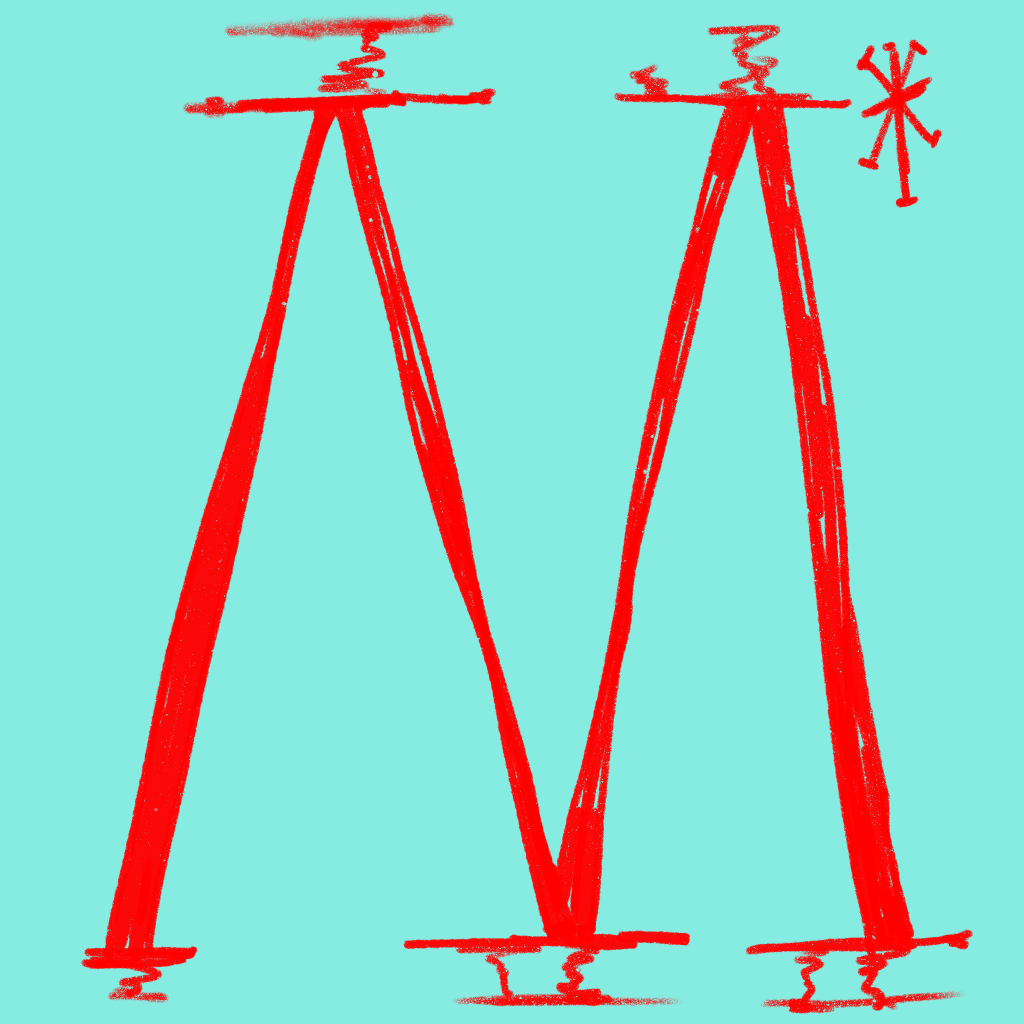WHAT:
My ‘How Can’ question:
How can we break the rigid adherence to traditional Chinese funeral practices and introduce more personalized options?
I aim to use interaction design and narrative techniques as my methodology, drawing from personal experiences and cultural insights. This approach will involve creating scenarios and user personas that reflect the tension between tradition and personalization, highlighting areas where modern needs can be better met within the context of deeply rooted customs.
WHY:
The concept of “rigid adherence” to traditional Chinese funeral practices stems from a cultural heritage passed down through generations, forming a strict framework that often leaves little room for individual expression or modern adaptation. This has led to a situation where the funeral industry, entrenched in these customs, rarely offers personalized options that align with contemporary values or the unique desires of families.
While these traditions are respected and serve as a way to honor the deceased, they can also feel restrictive in a rapidly changing world where people seek to express their individuality, even in death. For instance, the idea of “Digital Immortality” introduces new ways of commemorating the dead, yet these innovations often clash with traditional practices. This tension between the old and the new sparked my interest in exploring how these customs could evolve to accommodate more personalized choices without losing their cultural significance.
Furthermore, as I delved into the book The World of Bereavement, particularly the chapter on “Grieving Rituals and Beliefs of Chinese Families,” I realized that while these customs are deeply ingrained, they are not universally followed in the same way by every family. Each family might adapt these practices slightly differently, yet the overarching rigidity remains, largely due to societal expectations and the lack of alternative options provided by the funeral industry.
This realization led me to refine my research focus. Instead of simply questioning these traditions, I want to explore how we can respectfully introduce flexibility and personalization within this framework. My goal is to identify opportunities where traditional practices can be adapted to better meet the emotional and personal needs of modern families, allowing for a more meaningful and individualized expression of grief and remembrance.
HOW:
To explore how rigid adherence to traditional funeral practices affects the modern funeral industry, I plan to return to my hometown and reconnect with my roots. This journey will involve speaking with my family to learn about the funeral details of my late grandfather—details I was unaware of during my childhood. Through these conversations, I aim to gain a deeper understanding of how traditional customs have been followed within my own family.
Additionally, I will visit local funeral supply stores to observe whether there have been any changes in funeral practices and taboos within the current industry. This will help me gather evidence that the rigid framework of traditional customs has indeed restricted the development of the modern funeral industry. While adherence to these customs is important and has been passed down through generations, the inflexibility of the system often limits the introduction and acceptance of new, personalized options.
As part of my research, I plan to challenge some of these traditional taboos directly. For example, I will attempt to record the rituals during the Ghost Festival (on the 15th of the seventh lunar month), a practice generally considered inappropriate in traditional customs due to the belief that such actions might disturb the deceased. By documenting this process, I hope to break one of these taboos and explore how such actions might pave the way for more personalized and modern approaches within the funeral industry.
WHAT IF
One of the main challenges I anticipate is the potential resistance from family members and local communities when attempting to document or challenge traditional funeral practices, such as recording the Ghost Festival rituals. There is a strong cultural belief that violating these taboos could bring bad luck or disturb the spirits of the deceased. This cultural resistance could limit my ability to gather comprehensive data and fully explore the impact of these customs on modern funeral practices.
Moreover, the rigid framework of traditional funeral customs may make it difficult to introduce and test new, personalized options within the industry. Even if some community members are open to change, the deep-rooted respect for tradition might still hinder the acceptance and adoption of innovative practices. The challenge will be to find a way to balance respect for these long-standing customs while pushing for a more flexible approach that allows for individuality.
Additionally, collecting and analyzing data on current funeral practices and their impact on the industry may be complicated by the variability in how these customs are observed in different regions and families. The diversity of practices could lead to scattered findings, making it difficult to draw broad conclusions about the state of the funeral industry as a whole.
To address these challenges, I will need to approach my research with sensitivity and adaptability, finding respectful ways to engage with tradition while advocating for modern, personalized options. The goal is to identify strategies that allow for the coexistence of traditional customs and new practices, ultimately leading to a more inclusive and flexible funeral industry.
